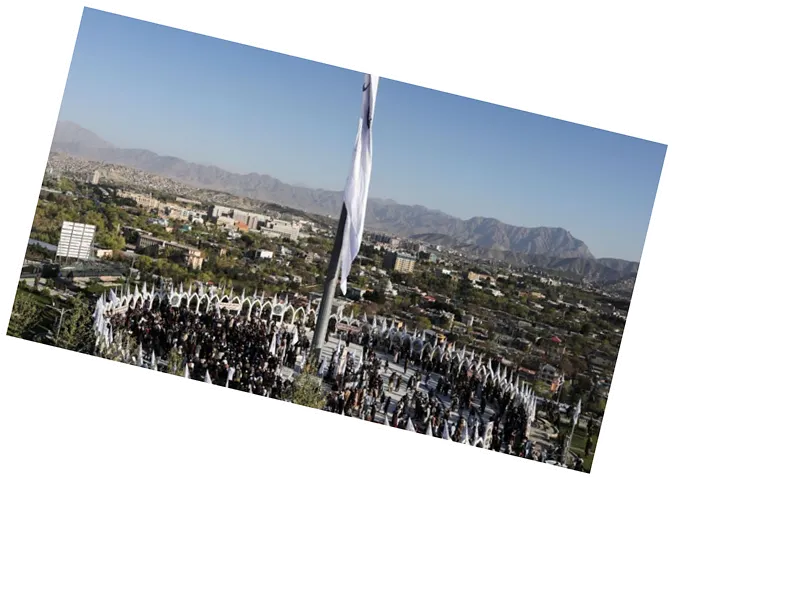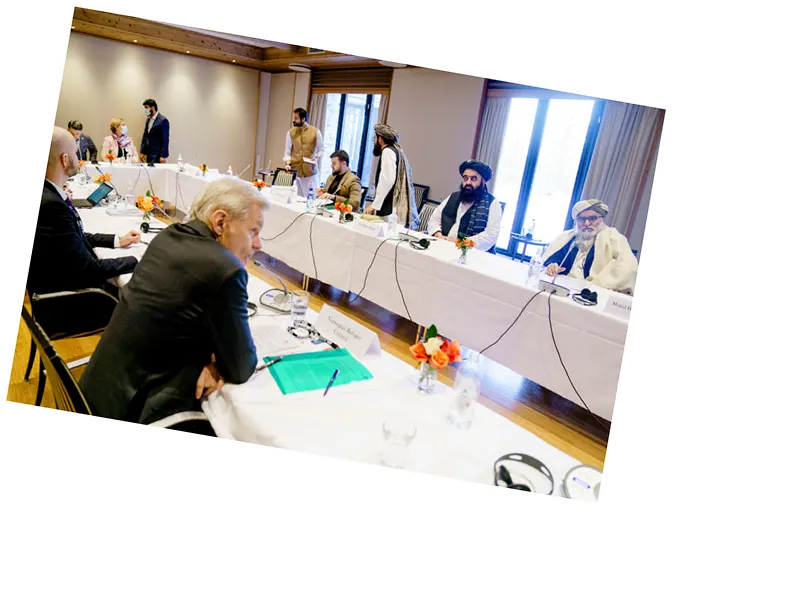A Journey Through Afghanistan: Reflections on the Taliban's Rule
The recent visit to Afghanistan marks a significant point in the author's journey, reflecting on nearly 30 years since their last journalistic mission under the Taliban's regime. The contrast between the two visits highlights the evolution of the Taliban from a militant force to a governing authority attempting to piece together a nation fractured by decades of conflict. The current regime, established after the American withdrawal in August 2021, continues to grapple with the complexities of governance amid ongoing challenges.
The Experience of Entering Afghanistan Today
Upon arriving in Kabul, the author recounts the process of obtaining a visa, a stark contrast to the ease of entry during the first visit in 1995. The current visa process is more formalized, requiring approval from the Afghan Foreign Ministry, reflecting a shift towards a structured governance model. The bustling atmosphere of Kabul, characterized by early mornings and active markets, paints a picture of resilience among the Afghan people despite prevailing poverty. The presence of Afghan women working at the airport and the cooperative demeanor of security personnel contrasts sharply with the oppressive image often associated with the Taliban.
Observations of Life Under Taliban Rule
Kabul's streets, filled with a mix of old and new vehicles, serve as a metaphor for the country's state of transition. The Taliban's white flag, symbolizing their authority, now flies prominently over government buildings, replacing the previous national flag. Despite the challenges faced by its citizens, the absence of visible poverty in the streets and the active participation in mosques suggest a society striving to maintain normalcy. The author raises critical questions about the Taliban's governance, focusing on security, education, and the rights of women and children, emphasizing the need for comprehensive reporting to understand the complexities of life in Afghanistan today.





